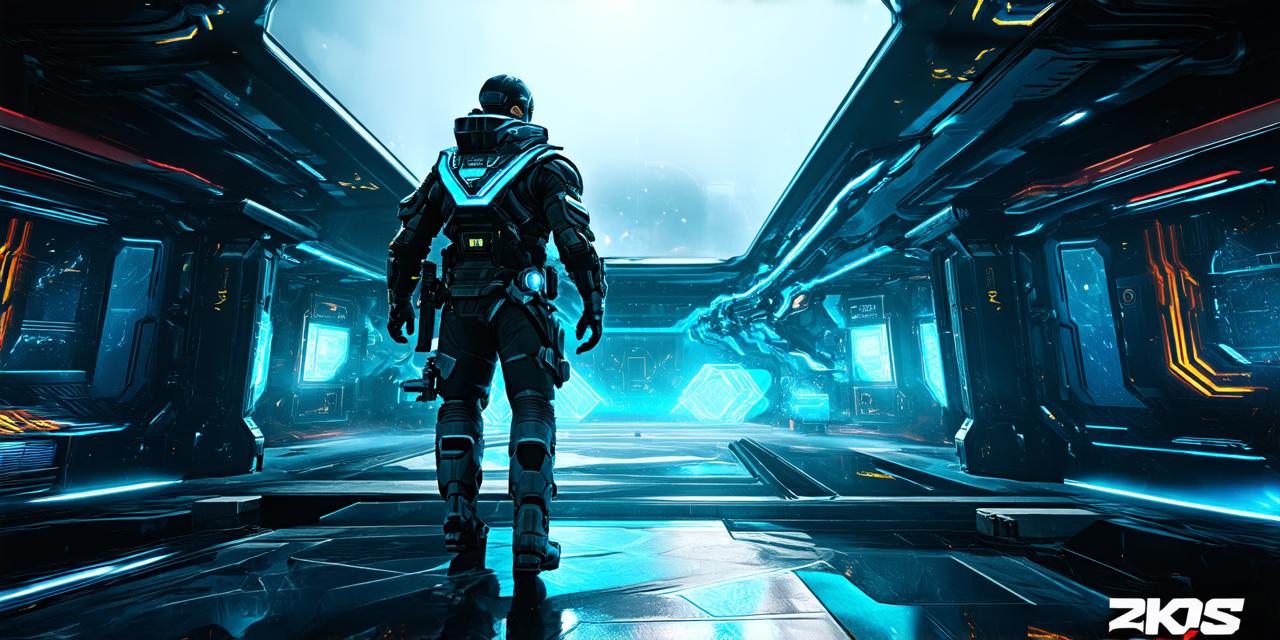Are you interested in creating immersive and interactive games using Unreal Engine? Do you want to know how to develop games that are optimized for various platforms, including consoles, mobile devices, and PCs? Look no further! In this guide, we will walk you through the process of getting started with Unreal Engine and provide tips on game development best practices.

Unreal Engine is a powerful game engine that offers a wide range of features and tools to help developers create stunning games. It supports various programming languages, including C++ and Blueprints, which allows for easy integration of custom code. With Unreal Engine, you can create 2D, 3D, and VR games using the same software, making it an ideal choice for game developers.
Getting Started with Unreal Engine
Before you start developing your game, you need to install Unreal Engine. You can download the latest version of the engine from the Epic Games Launcher. Once you have installed the engine, you will be prompted to create a new project.
The first step is to choose the type of game you want to create. Unreal Engine supports various game types, including action, adventure, puzzle, and strategy games. You can also choose between 2D, 3D, and VR games. Once you have selected your game type, you can choose a template that includes pre-made assets such as characters, environments, and sound effects.
The next step is to set up your project settings. Here, you will configure the engine to use the appropriate rendering settings for your target platform. You will also specify the resolution, frame rate, and other technical specifications for your game. It’s important to optimize your game for the target platform to ensure that it runs smoothly and provides a good user experience.
Game Development Best Practices
Now that you have set up your project, it’s time to start developing your game. Here are some best practices to keep in mind:
-
Plan Your Game
-
Create Assets
-
Write Code
-
Test Your Game
-
Optimize Your Game
Case Studies
Let’s take a look at some real-life examples of games developed using Unreal Engine:
1. Fortnite
Fortnite is a popular battle royale game that was developed using Unreal Engine. The game features stunning graphics, smooth gameplay, and a wide range of weapons and characters. Fortnite’s creators used Unreal Engine’s powerful rendering capabilities to create an immersive and interactive gaming experience.
2. Samaritan
Samaritan is a VR game that was developed using Unreal Engine. The game features realistic graphics and a captivating storyline that keeps players engaged throughout the game. Samaritan’s creators used Unreal Engine’s VR tools to create an immersive and interactive gaming experience that transports players into the game world.
FAQs
Let’s take a look at some frequently asked questions about Unreal Engine:
-
1. What programming languages does Unreal Engine support?
-
2. How do I optimize my game for performance?
-
3. Is Unreal Engine easy to learn?
Conclusion
In conclusion, getting started with Unreal Engine requires careful planning, asset creation, and coding. By following best practices and optimizing your game for performance, you can create immersive and interactive games that run smoothly on various platforms. With its powerful rendering capabilities, Unreal Engine is an ideal choice for game developers looking to create stunning games.



